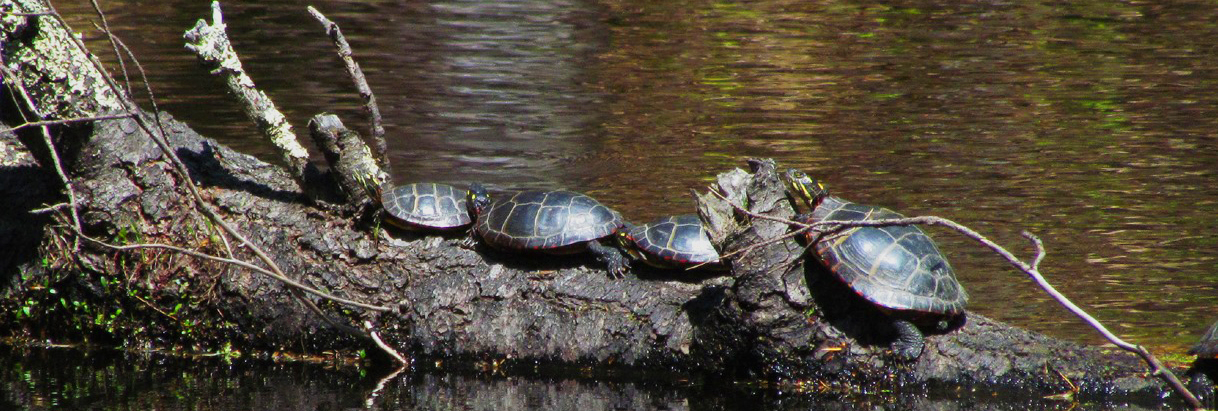PROJECT PRESENTATION OPTIONS
An I-Search paper describes questions posed, research techniques, results, and any remaining questions. The paper should include traditional citations of sources. Teachers can ask for an oral presentation along with the paper.
A poster-conference involves a “science fair" display of each group's findings. Groups explain their work as students circulate around the classroom listening and asking questions. Conference “attendees" do an evaluation form on each group based on quality of the information and presentation. The class is divided in half and the presentations take place over two class periods, so that each student is both a presenter and an evaluator.
Groups give oral reports that include visual material (photos, video, posters, charts, statistics, Power Point "slides," etc.). In addition to presenting information, groups pose issues and questions for the class as a whole to discuss. These reports can also be evaluated by the rest of the class.
A good video involves planning, organization, skill and work, and can be a highly effective means of sharing information or an idea. If students have the equipment at home or in school and someone to help them with the technical skills of shooting and editing, this is a great project. Students can look at The Lamprey Through History again, concentrating on how the film was made. For example, are close ups, pans, and long shots used effectively? How are historical documents woven into new footage of the river? How does the narration work with the visuals? What is the sequence of images and narration, i.e., how is the film organized and how effective is the organization? If students do oral histories, this material can be included in the film. Groups can videotape their interviews or use audiotapes of interviews in the narration. A new cable agreement in our area gives students free access to local broadcasting, a great opportunity for sharing student work beyond the classroom.
Students' work could be assembled as a traveling exhibit to communities in the Lamprey watershed. If a number of high schools and middle schools coordinate their activities, the area might stage a Lamprey River "Old Home Day." Some of the artistic responses described earlier can also be used for project presentations.

